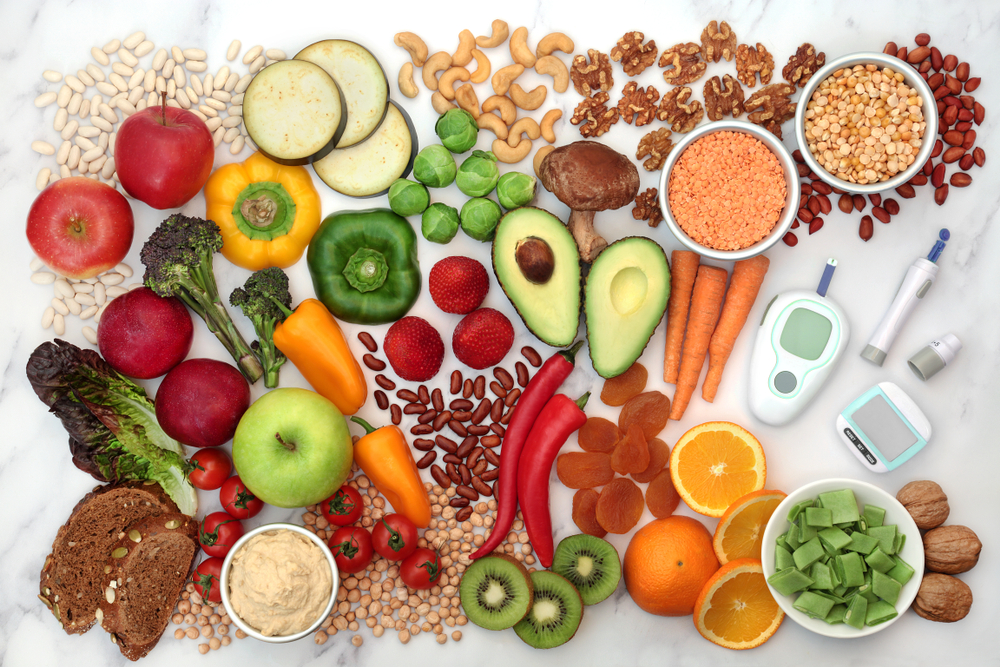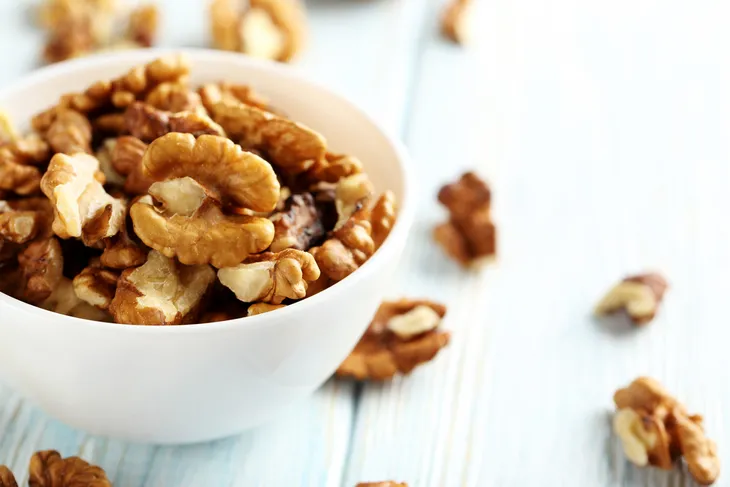Managing type 1 diabetes requires so much more than just hormonal treatment. Outside of the doctor’s office, the grocery store is where people living with type 1 diabetes can really make or break their treatment. Figuring out what to eat and what not to eat can seem overwhelming, but it doesn’t have to be. Navigating the aisles and choosing the right foods is a lot easier when you know what you are looking for.
Fiber
What makes a carb low on the GI scale, and therefore a slow carb, largely comes down to its amount of fiber. Fiber slows down the absorption of nutrients by your body, which translates to a less dramatic rise in blood sugar. This is why people should prioritize carb sources that contain plenty of fiber over refined carb sources with little to no fiber.
An example of a slow carb is brown rice, which contains far more fiber than its refined alternative, white rice. Fortunately, for any of your favorite refined carbs, there is likely a slow carb alternative.
Slow carb sources include:
- brown rice
- whole-grain bread
- whole-grain pasta
- buckwheat
- quinoa
- millet
- bulgur
- Rye
Beans
Another great source of slow carbohydrates is beans. Not only are they high in protein and low on the GI scale, but beans are also high in fiber which means you don’t have to eat a lot of them to feel full. This feeling of fullness can help you reduce your overall carb intake, which can make your blood glucose level easier to manage.
Types of beans include:
- kidney beans
- pinto beans
- black beans
- navy beans
- adzuki beans
In the same vein, tubers like sweet potatoes are a great, low GI alternative to regular white potatoes. Along with plenty of fiber, they also contain vitamin A, vitamin C, and potassium.
To get the most possible fiber from sweet potatoes, be sure to eat the skin as well.
Healthy Fats and Proteins
Compared to carbohydrates, fats and proteins have a much smaller effect on blood glucose levels, allowing patients of type 1 diabetes to more liberally consume them. Certain healthy fats also contribute to heart health, which is especially important for people with type 1 diabetes due to a higher risk of heart disease or stroke.
However, as with anything, some fat and protein sources are better suited for people with type 1 diabetes than others.
Fatty Fish
For example, certain types of fish contain healthy polyunsaturated and monounsaturated fats that can improve blood sugar control and blood lipids in people with diabetes, says the American Diabetes Association.
Specifically, fatty fish like salmon contain omega-3 fatty acids called eicosapentaenoic acid (EPA) and docosahexaenoic acid (DHA). Other than positively affecting blood sugar control and blood lipids, omega-3 fatty acids are also essential in maintaining proper body, heart, and brain function.
When perusing the grocery store, prioritize the following kinds of fish:
- salmon
- mackerel
- sardines
- albacore tuna
- herring
- trout
To avoid the possibility of excessive mercury intake, try to eat fish no more than two or three times a week (as recommended by the American Diabetes Association).
Nuts
Like fish, certain nuts and seeds can also be a great, low-glycemic way to add more healthy fats to your diet.
Walnuts, specifically, are a very high source of omega-3 fatty acids, in addition to protein, vitamin B-6, magnesium, and iron. They were even found in a 2018 study to be linked with a lower incidence of the onset of diabetes in the first place.
As far as seeds go, chia seeds share many of the same benefits as walnuts with the added benefit of having high antioxidant properties. Chia seeds have also been clinically shown to significantly contribute to weight loss leading researchers to label it as an effective form of diabetes management.
Lean Protein
With your fats and carbohydrates taken care of, you should prioritize protein sources that contain little to no fat or carbohydrates. This way, you can add in as many healthy fats and slow carbohydrates as you want on your own.
Lean protein sources include:
- chicken (no skin)
- turkey
- cornish hen
- reduced-fat cheese or regular cheese in small amounts
- cottage cheese
- buffalo
- ostrich
- rabbit
- venison
- dove
- duck
- goose
- pheasant (no skin)
Nutrient-Dense Foods
All foods contain both a macronutrient and micronutrient profile. A macronutrient profile refers to a food’s carb, protein, and fat breakdown, whereas a food’s micronutrient profile refers to the number and quality of nutrients contained inside of it.
While macronutrients (carbohydrates, specifically) deserve more attention from people with type 1 diabetes, a healthy diet for patients of type 1 diabetes consists of foods that contain both a healthy macro and micronutrient profile.
Vegetables
An example of a food group with a healthy macronutrient profile is leafy green vegetables. Not only do leafy green vegetables have a very low GI score, but they are also overflowing with vitamins, minerals, and nutrients. Specifically, leafy greens like spinach and kale are great sources of potassium, vitamin A, and fiber, according to Medical News Today.
Green leafy vegetables include:
- spinach
- collard greens
- kale
- cabbage
- bok choy
- broccoli
Fruits
When consumed the right way, fruits and berries are also a great, tasty way to add more nutrients to your diet. Similar to chia seeds, certain berries help to prevent oxidative stress, which is linked to all sorts of health conditions, both diabetes-related (heart disease) and not (cancer).
These berries include:
- blueberries
- blackberries
- strawberries
- raspberries
The same goes for fruit. Citrus fruits, specifically, contain micronutrient profiles that are believed to be especially antidiabetic. At least in the case of oranges, this antidiabetic effect is believed to be the result of two bioflavonoid antioxidants called hesperidin and naringin.
Fruits to prioritize include:
- oranges
- grapefruits
- lemons










